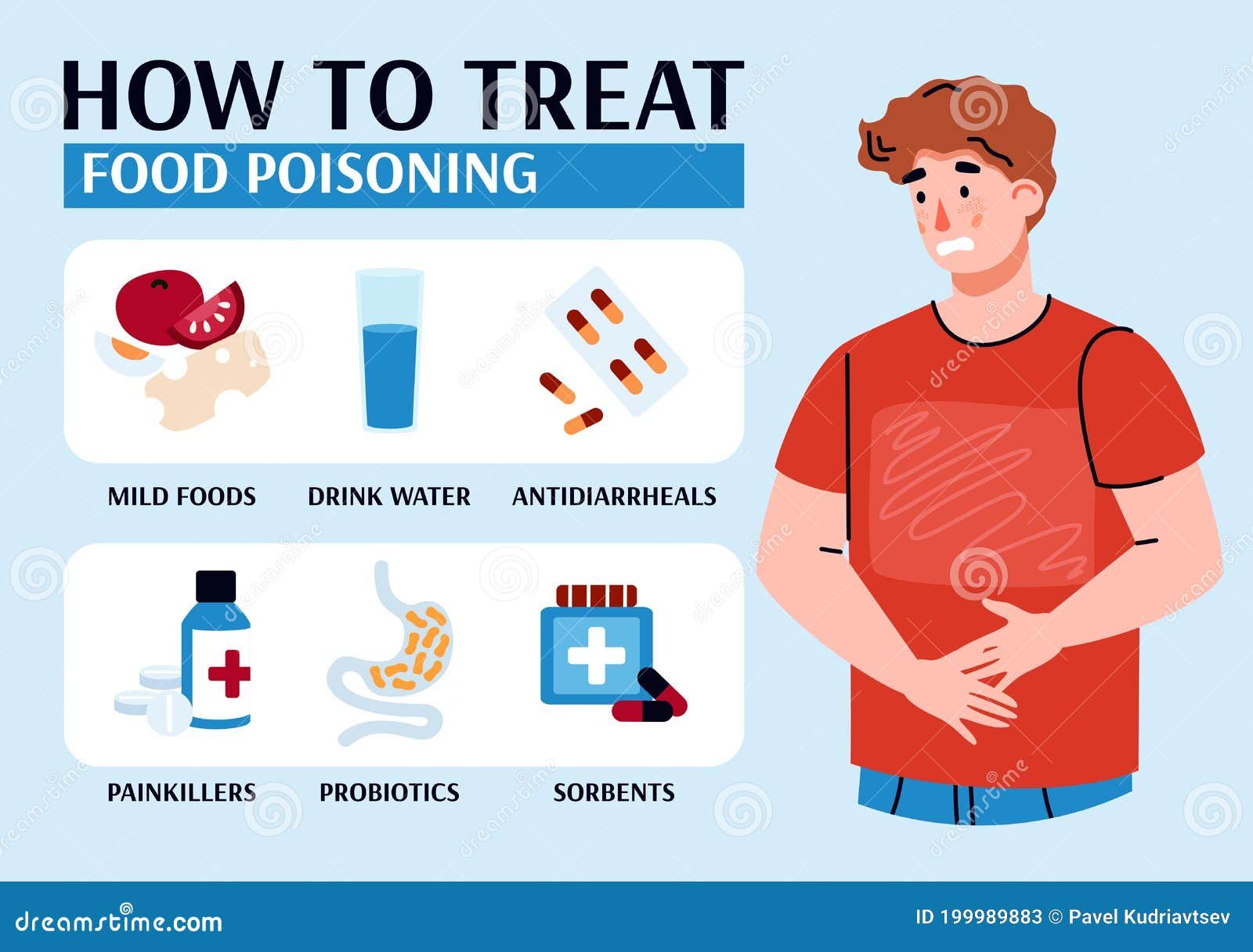
How to Treat Food Poisoning: A Step-by-Step Guide for Quick Recovery
Discover the essential steps to alleviate food poisoning symptoms and speed up your recovery process. This guide offers practical advice to help you feel better as soon as possible.

Initial Steps for Immediate Relief
Recognizing food poisoning is crucial. The first response should be to stay hydrated. Sip on water or electrolyte solutions to replenish lost fluids. It’s important to steer clear of caffeinated or alcoholic drinks, as they can worsen dehydration.
Dietary Adjustments for Recovery
Adopt a BRAT diet—Bananas, Rice, Applesauce, Toast—which is gentle on the stomach and can help reduce diarrhea. It’s wise to sidestep fatty, spicy, or high-fiber foods that might intensify symptoms.
Medications and Natural Remedies
Consider over-the-counter medications like Pepto-Bismol to alleviate diarrhea and stomach cramps. Probiotics can also support gut health. A study in the ‘Journal of Clinical Gastroenterology’ shows probiotics can notably shorten the duration of food poisoning symptoms.
When to Seek Medical Attention
Although many food poisoning cases are mild, promptly seek medical care if you notice high fever, bloody stools, or severe dehydration. These could indicate a more severe condition.
Prevention Tips and FAQs
Preventing food poisoning hinges on maintaining good hygiene and safe food practices. Ensure food is cooked thoroughly and stored promptly in the refrigerator. If you’re frequently plagued by food poisoning, it’s advisable to consult a healthcare provider to check for any underlying health issues.
In conclusion, managing food poisoning involves symptom treatment and preventive measures. Stay informed and take care of your health to prevent future occurrences.










